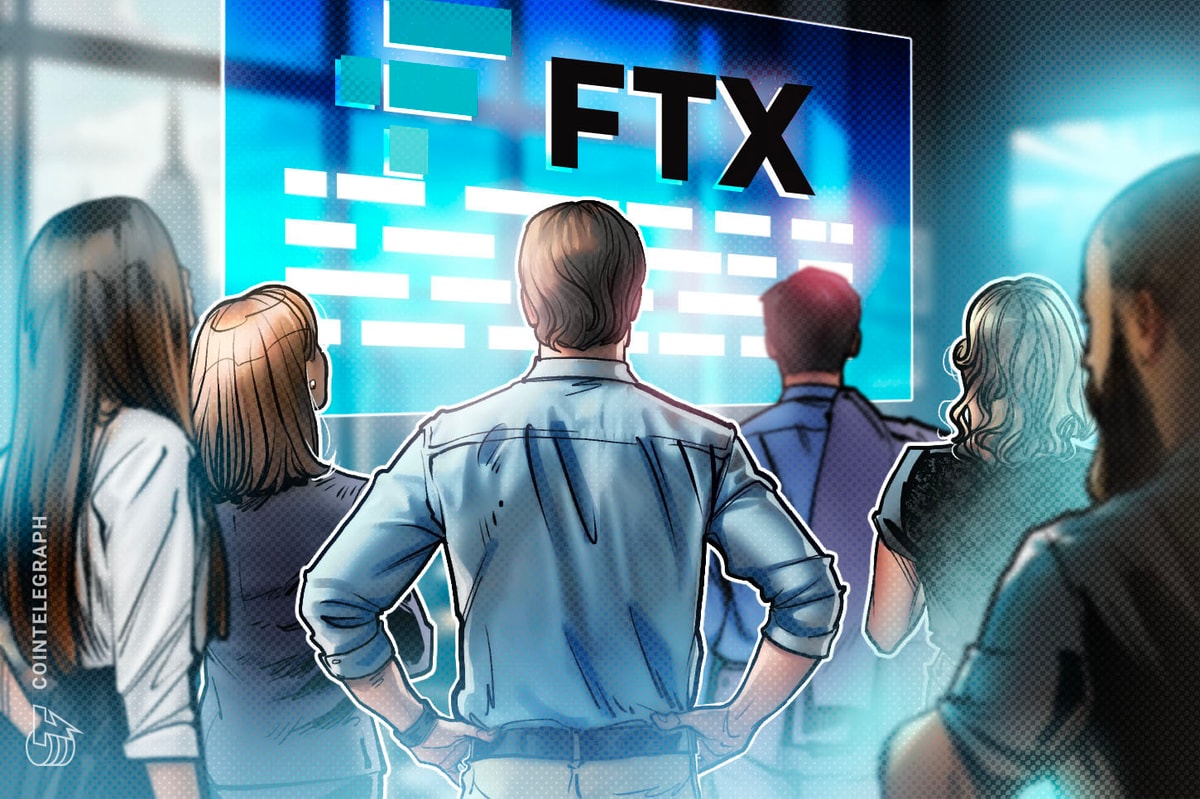The FTX collapse was painful for many creditors, causing mental distress and underscoring the dangers of keeping crypto on centralized exchanges.
News
The start of FTX repayments to creditors on Feb. 18 marks the beginning of the end of a saga that once shook the crypto community to its core. Creditors were among those who felt the brunt of the exchange’s collapse, some of whom saw their life savings, earmarked for home purchases and children’s education, vanish overnight as the crypto empire collapsed.
The nightmare of some of these creditors will come with the start of repayments. Those who lost up to $50,000, otherwise known as “Convenience Class,” are expected to receive 100% of their claim amount plus 9% interest per annum, based on the value of their holdings on Nov. 11, 2022 — the day the cryptocurrency exchange declared bankruptcy.
The damage, however, goes beyond a reimbursement for financial losses. “Our life savings were stolen overnight. […] We had earmarked [funds] for buying homes, children’s education. Many were depressed, suicidal and had panic attacks. […] I heard of at least three suicides,” Sunil Kavuri, one of the exchange’s creditors, told Cointelegraph. “Many FTX creditors are left in large debt, taking out loans to cover living costs.”
Kavuri is one of many FTX clients who, amid the damage, banded together to support each other and help other victims through the complex bankruptcy process.
“I experienced similar mental difficulties, but after a week or so, felt I had to do something and reached out to FTX creditors and put together a community that I supported,” Kavuri added. “Others also joined, and we helped FTX creditors through the opaque bankruptcy process and supported each other mentally.”
Related: FTX provides timeline for creditor and client reimbursement payouts
Creditors seek liquidity, bankruptcy draws uncertainty
The collapse of FTX put centralized crypto exchanges under the microscope, triggering a harsher regulatory landscape for crypto firms in the US. This shift included debanking crypto businesses, with federal agencies like the Securities and Exchange Commission driving what came to be known colloquially as “Operation Chokepoint 2.0.”
While the industry fought for survival under a tighter regulatory grip, many creditors found themselves in limbo. In search of liquidity, some decided to sell their claims over the past two years, with more than 10,000 claims listed on marketplaces by the end of 2022.
“About 50% of creditors have sold their claims. In addition to liquidity needs, many needed closure to the ongoing torment of the bankruptcy process and being locked from their funds,” Kavuri said.
Alongside liquidity issues, creditors faced significant uncertainty in the initial months following the exchange’s collapse. Once again, the community played a crucial role in supporting those grappling with legal proceedings and a lack of information.
“I have helped countless creditors of all claim sizes (less than $1,000 up to tens of millions of dollars). That has been advice/guidance, explaining how everything works in bankruptcy, what things have been questionable,” a crypto community member who goes by “Mr. Purple” on X told Cointelegraph. “I also happen to know that the debtors’ lawyers have done things in this case that are both against the Bankruptcy Code and, in some respects, illegal generally.”
Challenges with FTX’s estate and legal team marked another contentious chapter in this saga, sparking disputes over the millions in legal fees charged by law firms.
Law firm Sullivan & Cromwell, for instance, netted at least $215 million as debtors’ counsel to FTX. The firm charged over $10 million monthly until February 2024, later reducing its fees to $7 million.
The form creditors’ reimbursement would take was another hurdle, with heated debates over whether it should be in crypto tokens or fiat currency. Since November 2022, crypto prices have rebounded, and the lost tokens would be worth much more at current prices.
To put this into perspective, the price of Bitcoin (BTC) was approximately $16,000 at the time of bankruptcy — but trades at over $95,000 at the time of writing.
Related: Unlike Ulbricht, SBF faces ‘slim’ chance of conviction relief
Mr. Purple believes that there are several lessons to be learned from the exchange’s collapse, including that self-custody “is the only surefire way to ensure your property rights are upheld.”
“CEX operational structures with hot wallets create a counterparty risk for you as an individual while [the exchanges] hold your funds,” regardless of what the exchanges’ terms of service state, he said.
For many creditors, FTX closed the door on crypto trading. “Many creditors do intend to resume investing in digital assets, but there are many who will not for a multitude of reasons,” said Mr. Purple. “People have been without their funds for almost two and a half years, so some people need that liquidity. Others are fearful of investing in crypto again given that their experience with bankruptcy has been traumatizing, understandably.”
FTX’s founder, Sam “SBF” Bankman-Fried, was sentenced to 25 years in federal prison on March 28, 2024 for orchestrating multiple fraudulent schemes that defrauded customers and investors of his cryptocurrency exchange.
FTX repayments are planned to continue later in 2025 for creditors who have claims larger than $50,000. Overall, FTX plans to distribute over $17 billion in repayments, with exchanges Kraken and Bitgo assisting the process.
Magazine: The $2,500 doco about FTX collapse on Amazon Prime… with help from mom
This article first appeared at Cointelegraph.com News


